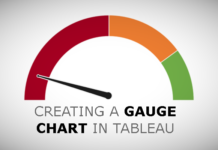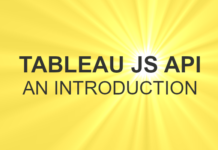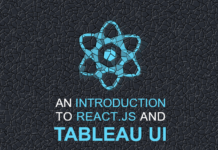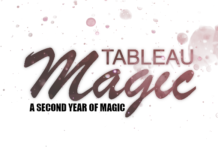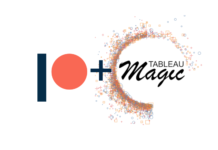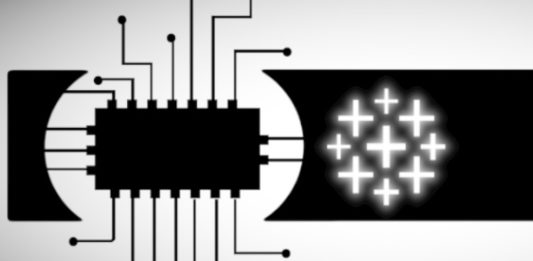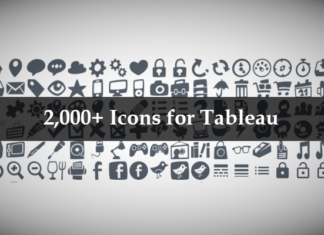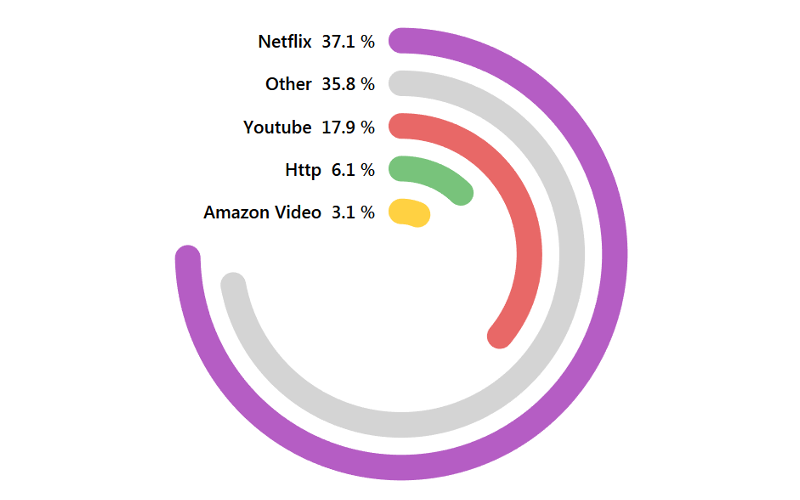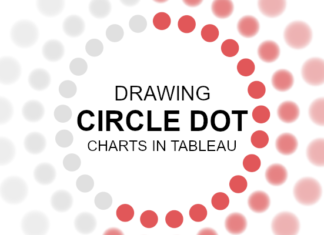E17. Google Chrome
Google Chrome is a cross-platform web browser developed by Google. We will use Google Chrome to help debug and test our Tableau Extension.
E16. HTTP Server (Development Web Server)
Http Server is a development server with live reload capability. We will use it for testing our extension before deploying.
E15. ESLint (Pluggable JavaScript Linter)
ESLint is a static code analysis tool for identifying problematic patterns found in JavaScript code. Rules in ESLint are configurable, and customized rules can be defined and loaded. ESLint covers both code quality and coding style issues. This will help reduce bugs as help ensure the quality of our code.
E14. Prettier (Opinionated Code Formatter)
Prettier is an opinionated code formatter. It enforces a consistent style by parsing your code and re-printing it with its own rules that take the maximum line length into account, wrapping code when necessary. This will help keep our code looking nice and save the tedious work of formatting.
E13. Gulp (The Streaming Build Tool)
Gulp is an open-source JavaScript toolkit used as a streaming build system in front-end web development. We will leverage Gulp to automate our various build tasks such as Obfuscation, Minifying our files, SCSS to CSS compilation.
E12. YARN (Yet Another Package Manager)
YARN is a package manager that we will use to obtain our external libraries. Yarn caches every package it downloads so it never needs to download it again. It also parallelizes operations to maximize resource utilization so install times are faster than ever.
E11. GitHub (A Git Repository Hosting Service)
GitHub is a Git repository hosting service, but it adds many of its own features. While Git is a command-line tool, GitHub provides a Web-based graphical interface. It also provides access control and several collaboration features, such as a wikis and basic task management tools for every project.
E10. GIT (Version Control)
Git is a free and open-source distributed version control system designed to handle everything from small to very large projects with speed and efficiency. Git is easy to learn and has a tiny footprint with lightning-fast performance. We will use Git and GitHub to save our work.
E09. Node.js
Node.js is an open-source, cross-platform, JavaScript run time environment that executes JavaScript code outside of a browser. Node.js comes with the Node Package Manager (NPM) that helps us install the required software.
E08. VS Code (Integrated Development Environment)
Microsoft VS Code is a code editor refined and optimized for building and debugging modern web and cloud application. The best part, Microsoft VS Code is a free Integrated Development Environment (IDE) with an abundance of extensions.

